Consumer Awareness and Education
Consumer awareness regarding latex allergies is on the rise, which is influencing the Latex Allergy Market. Educational initiatives aimed at informing the public about the risks associated with latex exposure are becoming more prevalent. As individuals become more knowledgeable about the potential dangers of latex products, they are increasingly seeking out alternatives. This shift in consumer behavior is prompting manufacturers to enhance their marketing strategies and product offerings to cater to this informed audience. The Latex Allergy Market is likely to see a significant impact from these educational efforts, as they not only drive demand for latex-free products but also foster a culture of safety and awareness in various sectors.
Regulatory Changes and Compliance
Regulatory frameworks surrounding health and safety are evolving, which significantly impacts the Latex Allergy Market. Governments and health organizations are increasingly mandating the use of latex-free products in healthcare settings to protect patients and staff from allergic reactions. For instance, the introduction of stringent regulations regarding the use of latex gloves in hospitals has led to a marked increase in the adoption of alternative materials. This shift not only enhances safety but also drives market growth as manufacturers align their products with these regulations. The Latex Allergy Market is thus witnessing a transformation, with compliance becoming a key factor in product development and marketing strategies.
Increasing Prevalence of Latex Allergies
The rising incidence of latex allergies is a notable driver in the Latex Allergy Market. Studies indicate that approximately 1 to 6% of the population may be affected by latex allergies, particularly among healthcare workers and individuals with frequent exposure to latex products. This increasing prevalence necessitates the development and availability of alternative products, thereby expanding the market. The Latex Allergy Market is responding to this trend by promoting non-latex alternatives, which are becoming more widely accepted in various sectors, including healthcare and consumer goods. As awareness grows, the demand for latex-free products is likely to surge, compelling manufacturers to innovate and adapt their offerings to meet consumer needs.
Growing Demand for Safe Healthcare Practices
The increasing emphasis on safe healthcare practices is a critical driver for the Latex Allergy Market. Healthcare facilities are prioritizing patient safety and staff well-being, leading to a heightened demand for latex-free medical supplies. This trend is particularly evident in surgical settings, where the risk of allergic reactions can have serious consequences. As hospitals and clinics adopt policies favoring non-latex products, the market for latex-free alternatives is expected to grow substantially. The Latex Allergy Market is thus positioned to capitalize on this demand, with manufacturers focusing on producing high-quality, safe, and effective latex-free options to meet the needs of healthcare providers.
Technological Advancements in Material Science
Technological innovations in material science are propelling the Latex Allergy Market forward. The development of synthetic materials that mimic the properties of latex without the associated allergens is gaining traction. These advancements allow for the production of high-quality, latex-free products that meet the demands of various industries, including medical, automotive, and consumer goods. As these technologies evolve, they are likely to enhance product performance while ensuring safety for individuals with latex allergies. The Latex Allergy Market stands to benefit from these innovations, as they not only provide viable alternatives but also open new avenues for market expansion and consumer acceptance.


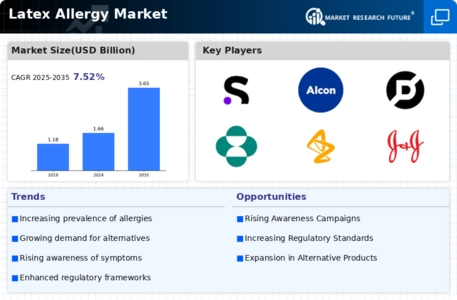
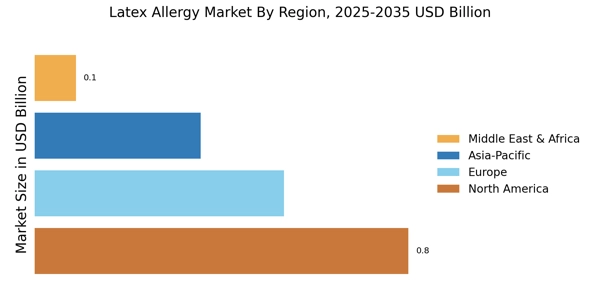
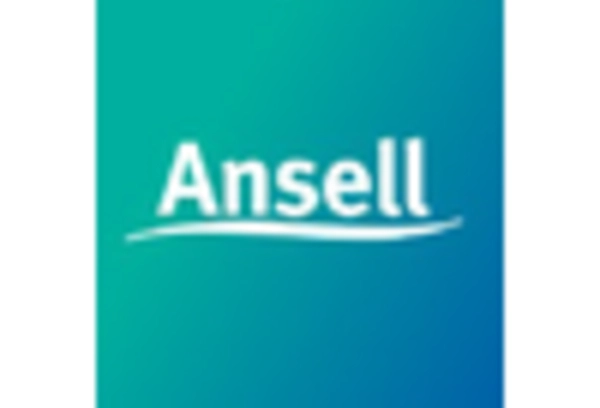



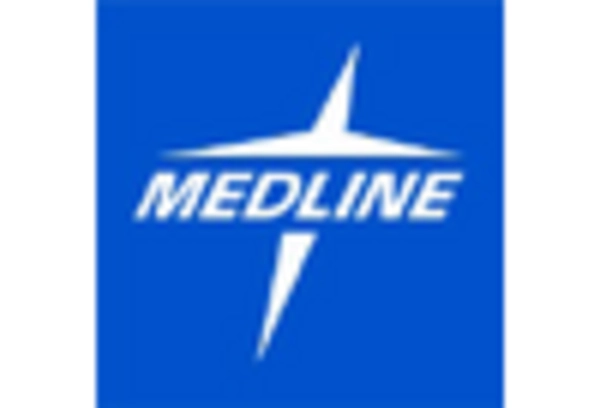
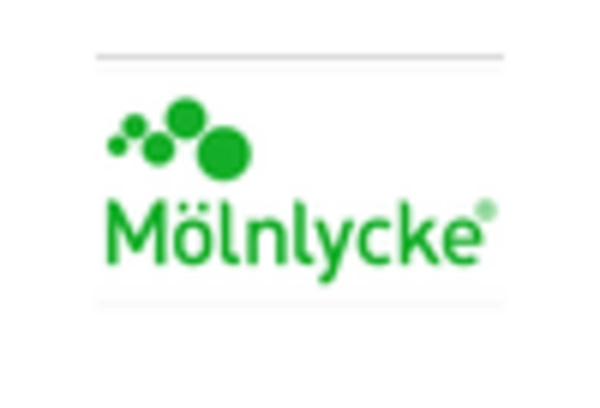








Leave a Comment